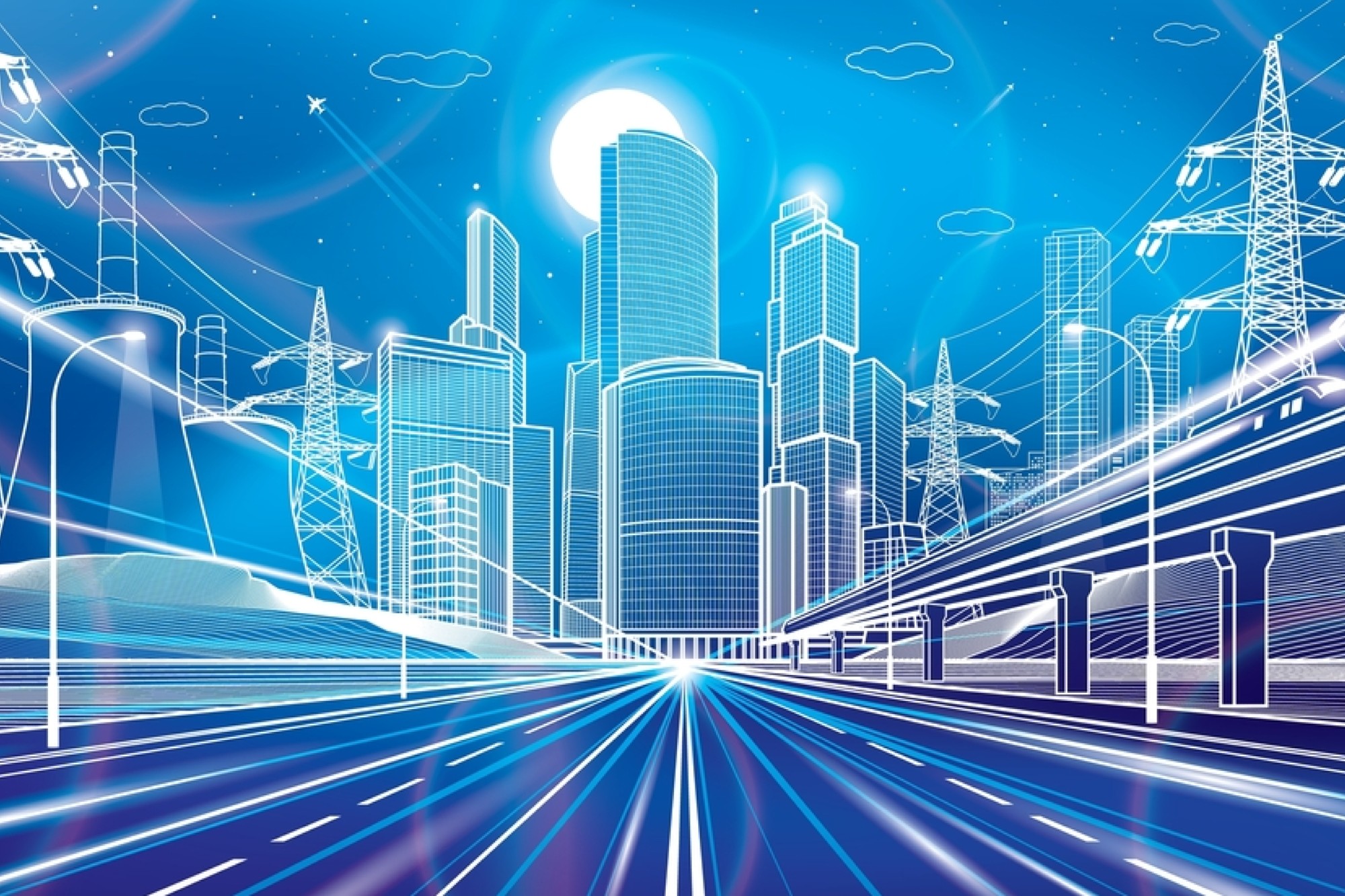Things you hardly see in reinforced concrete
By Edit Team | March 1, 2016 9:05 am SHARE

An analysis about reinforced concrete and the things one should know about it
Reinforced concrete (RC) is a versatile and widely used construction material on account of its ability to be formed into complex shapes and designable durability.
Concrete is one of the most used resources and is an ‘artificial stone’ which is obtained by mixing cement, sand, and aggregates with water. Fresh concrete can be molded into almost any shape, giving it an intrinsic advantage over other materials.
Andrea Fernandes, Marketing Executive, Choksey Chemicals Pvt Ltd says, “Concrete became very popular after the invention of Portland cement in the 19th century. However, its limited tension resistance initially prevented its wide use in building construction. To overcome the poor tensile strength, steel bars are embedded in concrete to form a composite material called reinforced concrete. The use of reinforced concrete construction in the modern world stems from the wide availability of its ingredients – reinforcing steel as well as concrete.”
“Considering practicality of construction coupled with completion deadlines, it becomes virtually impossible to cast specified cover in terms of quality and quantity. The outermost layer of concrete therefore becomes the weakest one. A combination of the porous nature of concrete and a weak cover lead to diffusion of detrimental materials like water, CO2, chlorides and SO2 into concrete. These materials or a combination thereof, lead to loss of passivity and corrosion of the reinforcement steel and ultimately deterioration of the concrete, which leads to weakening of the RC structure as a whole,” says Sunny Surlaker, Head Admixtures Division, MC Bauchemie (India) Pvt Ltd.
Reinforced concrete can be classified as cast-in-place or precast concrete. The key to creating optimal structures is the designing and implementing of the most effective floor system. Even minor changes in the design of a floor system can have significant impact on construction schedule, material costs, operating costs, ultimate strength, occupancy levels and end use of a building without reinforcement; it would not be possible to construct modern structures with concrete material.
1.Durability
How long RC lasts, forms the basis for durability of concrete. The concrete is said to be durable when it can withstand design exposure conditions, over its service life with little deterioration. Durability is a function of the quality and quantity of cover to the reinforcement.
Reinforcement is mainly provided to resist internal tensile forces that are calculated from analysis. Also, reinforcement is provided in compression zones to enhance ductility, increase the compression capacity, increase the flexural capacity for beams or reduce long term deflections. In addition, reinforcement is required to prevent excessive cracking that result from shrinkage or temperature changes in restrained structural elements.
For a ductile, strong, and durable construction the reinforcement needs to have the following properties:-
• High relative strength
• Extraordinary tolerance to tensile strain
• Good bonding properties to the concrete, irrespective of pH, moisture, and other similar factors
• Thermal compatibility, which does not cause unacceptable stresses in response to changing environmental conditions and temperatures
• High durability in the concrete environment. This is irrespective of corrosion or sustained stress
2.Flexibility
Reinforced Concrete can be formed into complex shapes. It can be molded into almost any shape, giving it an intrinsic advantage over other materials.
3.Porosity
Concrete has two tendencies that render it susceptible to water and pollutants. Concrete has porosity due to capillarity and porosity due to its cracking. Better mix design, production, placing and curing practices can help minimise the issues leading to degradation of concrete. Solutions are available to make concrete less permeable and more durable.
4.Rusting
Steel is a material which is represented by a higher energy level in chemical terms. This means that the raw material of steel i.e. iron ore (which is at low energy level) is processed and converted to steel which is at a higher energy level. It is natural for any material which is at a higher energy level to fall down on a lower energy level. “Rusting or corroding of reinforcement is conversion of steel from high energy to low energy and stable form. Hence when steel rusts, it should not be taken as surprise, but when steel does not corrode, it is actually a phenomenon,” says Avijit Chaubey, Head R&D, ACC Concrete, ACC Ltd.
5.Corrosion
Corrosion of reinforcement is accelerated by elements which are primarily those which oxidise, namely oxygen, water and chlorides. If concrete is impervious to all these agents, corrosion can be slowed down by a huge extent. Some materials when added into concrete are said to lower the chloride ingress into concrete, like calcium nitrite. The main ingredient in corrosion inhibiting admixture for concrete is calcium nitrite.
6.Permeability
Permeability is a property of concrete which is by far the root cause for ingress of the elements into concrete. Permeability of liquids or gases both can lead to ingress of the elements. There are tests which measure permeability of concrete. Permeability of concrete happens by three methods – diffusion, absorption, and ionic diffusion.
7.Expensive
Reinforced Concrete is a composite material which uses steel bars as reinforcement, for concrete being strong in compression, but weak in tension. Cross sections of concrete structures are analysed, and those zones which are expected to take more of tensile load are only reinforced with the material, as this is a costly material and needs to be used to the minimal possible extent to keep the project cost at bay.
——————–
Considering practicality of construction coupled with completion deadlines, it becomes virtually impossible to cast specified cover in terms of quality and quantity.
Sunny Surlaker,
Head – Admixture Division,
MC-Bauchemie
—————-
Rusting or corroding of reinforcement is conversion of steel from high energy to low energy and stable form.
Avijit Chaubey,
Head R&D,
ACC Concrete, ACC Ltd.
Cookie Consent
We use cookies to personalize your experience. By continuing to visit this website you agree to our Terms & Conditions, Privacy Policy and Cookie Policy.




















































